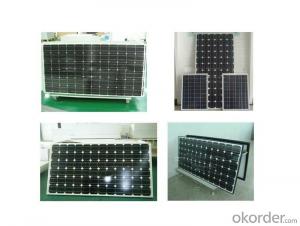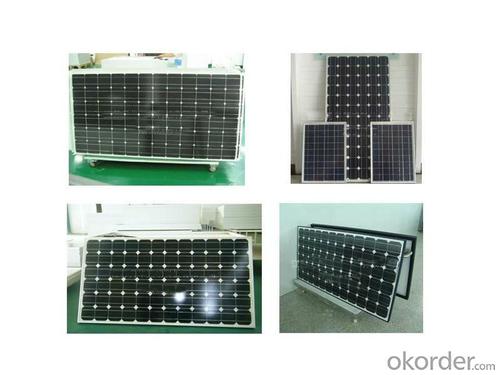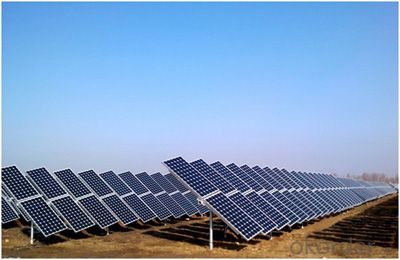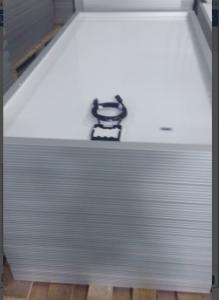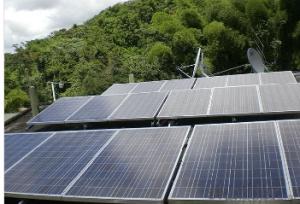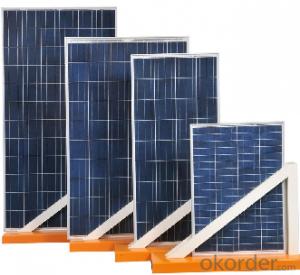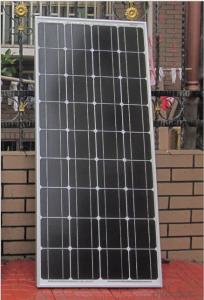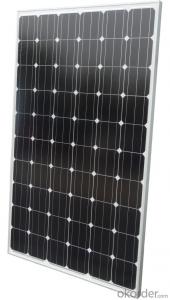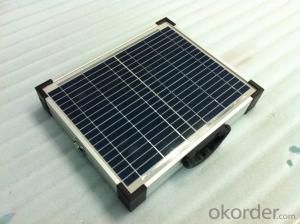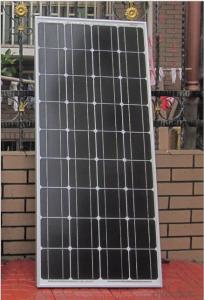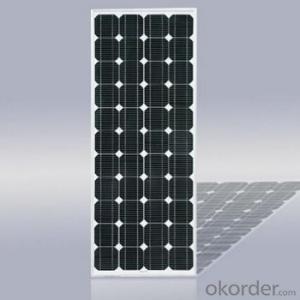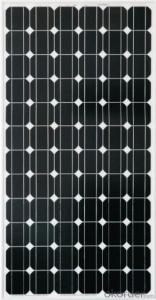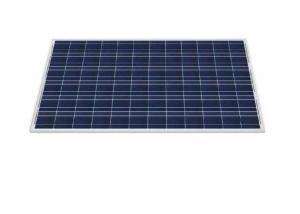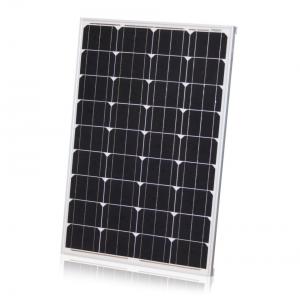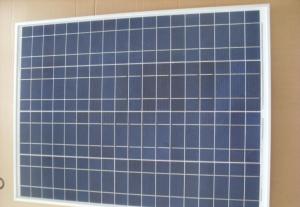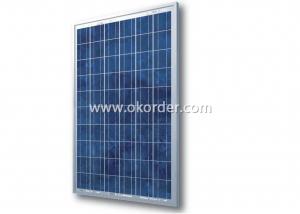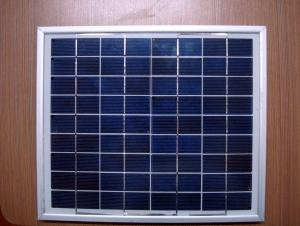Solar Panels Az - Monocrystalline 100W Solar Module for Home Use
- Loading Port:
- China main port
- Payment Terms:
- TT OR LC
- Min Order Qty:
- 1 pc
- Supply Capability:
- 10000000 pc/month
OKorder Service Pledge
Quality Product, Order Online Tracking, Timely Delivery
OKorder Financial Service
Credit Rating, Credit Services, Credit Purchasing
You Might Also Like
Quick Details
| Place of Origin: | Guangdong China (Mainland) | Brand Name: | sunny energy | Model Number: | SEM-200W-P |
| Material: | Polycrystalline Silicon | Size: | 1482*992*50mm | Number of Cells: | 6*12pcs |
| Max. Power: | 215W | certificate: | IEC,CSA,MCS | weight: | 24.5kg |
| lifespan: | 25years | cell: | Motech | leadtime: | 15~25days |
| sample: | available |
Packaging & Delivery
| Packaging Detail: | 2pcs in one carton,and we could also package as your request.. |
| Delivery Detail: | 25days |
Specifications
solar module:
1)High quality & efficiency
2)CSA/IEC/CEC certificate
3)Pm is notless than 90% in 10 yrs
and 80% in 20 yrs
high efficiency 200w poly solar module
| Characteristics | SEM-190PB205 | SEM-195PB205 | SEM-200PB205 | SEM-210PB205 | SEM-215PB205 |
| Maximum power(Pm) | 190.0W | 195.0W | 200.0W | 210.0W | 215.0W |
| Power Tolerance | ±3% | ±3% | ±3% | ±3% | ±3% |
| Voltage at max power(Vmp) | 34.9V | 34.9V | 34.9V | 34.9V | 34.9V |
| Current at max power(Imp) | 5.44A | 5.58A | 5.73A | 6.02A | 6.16A |
| Open circuit Voltage(Voc) | 43.2V | 43.2V | 43.2V | 43.2V | 43.2V |
| Short circuit current(Isc) | 5.98A | 6.15A | 6.3A | 6.62A | 6.78A |
| Operating Temperature | -40°Cto+85°C | -40°Cto+85°C | -40°Cto+85°C | -40°Cto+85°C | -40°Cto+85°C |
| Maximum System Voltage | 1000V | 1000V | 1000V | 1000V | 1000V |
| Maximum series Fuse Rating | 15A | 15A | 15A | 15A | 15A |
| Standard Test Condition | Irradiance 1000W/sqm,Module temperature 25°C,AM=1.5 | ||||
| Mechanical Characteristics | |||||
| Solar cell:Polycrystalline silicon solar cell 156×156mm(6inch) | |||||
| No.ofcells and connections:72=6×12pcs | |||||
| Dimension of module:1482×992×50mm(58.3×39×2inch) | |||||
| Weight:24.50kg | |||||
| Junction Box:Ip65 rated | |||||
| Packing Configuration:2Pcs/CTN,1510×1020×120mm(59.5×40.1×4.7inch) | |||||
| Warranty: Pm is not less than 90% in 10 years and 80% in 25 years | |||||
| Resistances:227g stell ball fall down from 1m height and 60m/s wind | |||||
| Temperature Coefficients | |||||
| Noct:48°C±2°C | |||||
| Current temperature coefficient:0.06±0.01%/K | |||||
| Voltage temperature coefficient:-(78±10)MV/K | |||||
| Power temperature coefficient:-(0.5±0.05)%/K | |||||
| IEC 61215 ed.2, IEC61730 and UL-1703 | |||||
- Q: Can solar panels be installed on a concert venue or entertainment facility?
- Yes, solar panels can be installed on a concert venue or entertainment facility. In fact, many venues are increasingly adopting solar energy as a sustainable and cost-effective solution. Solar panels can be installed on rooftops, parking lots, or open spaces around the venue to generate clean and renewable electricity. This not only helps to reduce the environmental impact but also saves on energy costs in the long run.
- Q: Can solar panels be used to power an entire home?
- Yes, solar panels can be used to power an entire home. With the right number of solar panels and a proper energy storage system, it is possible to generate enough electricity to meet the energy needs of a household. However, it is important to consider factors such as energy consumption, geographical location, and system size to determine if solar panels alone can entirely power a home.
- Q: What is the impact of snow accumulation on solar panels' performance?
- Snow accumulation on solar panels can significantly reduce their performance. The layer of snow acts as a barrier, preventing sunlight from reaching the panels and reducing their ability to generate electricity. Additionally, the weight of the snow can cause structural damage to the panels if not properly cleared, potentially leading to long-term issues. Therefore, it is important to remove snow from solar panels to ensure optimal performance and longevity.
- Q: Can solar panels be installed in a remote location?
- Yes, solar panels can be installed in remote locations. In fact, remote locations with abundant sunlight can be ideal for solar panel installations as they do not require a connection to the traditional power grid. Solar panels can provide a reliable and sustainable source of electricity in these areas, allowing for off-grid living or powering remote facilities such as research stations, telecommunications towers, or even small communities.
- Q: Can solar panels be installed on a sports stadium?
- Yes, solar panels can be installed on a sports stadium.
- Q: Plz also label the price for the panel. I want a small panel but can produce a sufficent amount of energy. thank you :)
- Canadian tire
- Q: Can solar panels be used in areas with high levels of snow or ice?
- Yes, solar panels can be used in areas with high levels of snow or ice. However, the efficiency of solar panels may be reduced during these conditions. Regular maintenance and snow removal are necessary to ensure optimal performance. Additionally, tilted solar panel installation and using anti-reflective coatings can help minimize snow accumulation.
- Q: Can solar panels be installed on a gas station or convenience store?
- Yes, solar panels can be installed on a gas station or convenience store. In fact, many gas stations and convenience stores have successfully integrated solar panels into their infrastructure to generate renewable energy and reduce their reliance on traditional energy sources.
- Q: i'm talking abt bulk panelling, how many MW do we get from km sq?
- As okorder / They are working on a reactor that makes diesel and electricity concurrently out of coal, biomass or possibly garbage in a non-polluting process.
- Q: Im doing a science project and I need to know what gases or liquids a solar panel can make that is not friendly to the environment. Please name all the gases and liquids and explain how they damage the environment. It would be most likely that you will get best answer if you find all the bad things about solar energy and explain why they are bad and how they affect nature. that would be helpful to. Thank you
- i think that there should not be gases produced from solar panel,that we use.
Send your message to us
Solar Panels Az - Monocrystalline 100W Solar Module for Home Use
- Loading Port:
- China main port
- Payment Terms:
- TT OR LC
- Min Order Qty:
- 1 pc
- Supply Capability:
- 10000000 pc/month
OKorder Service Pledge
Quality Product, Order Online Tracking, Timely Delivery
OKorder Financial Service
Credit Rating, Credit Services, Credit Purchasing
Similar products
Hot products
Hot Searches
Related keywords
